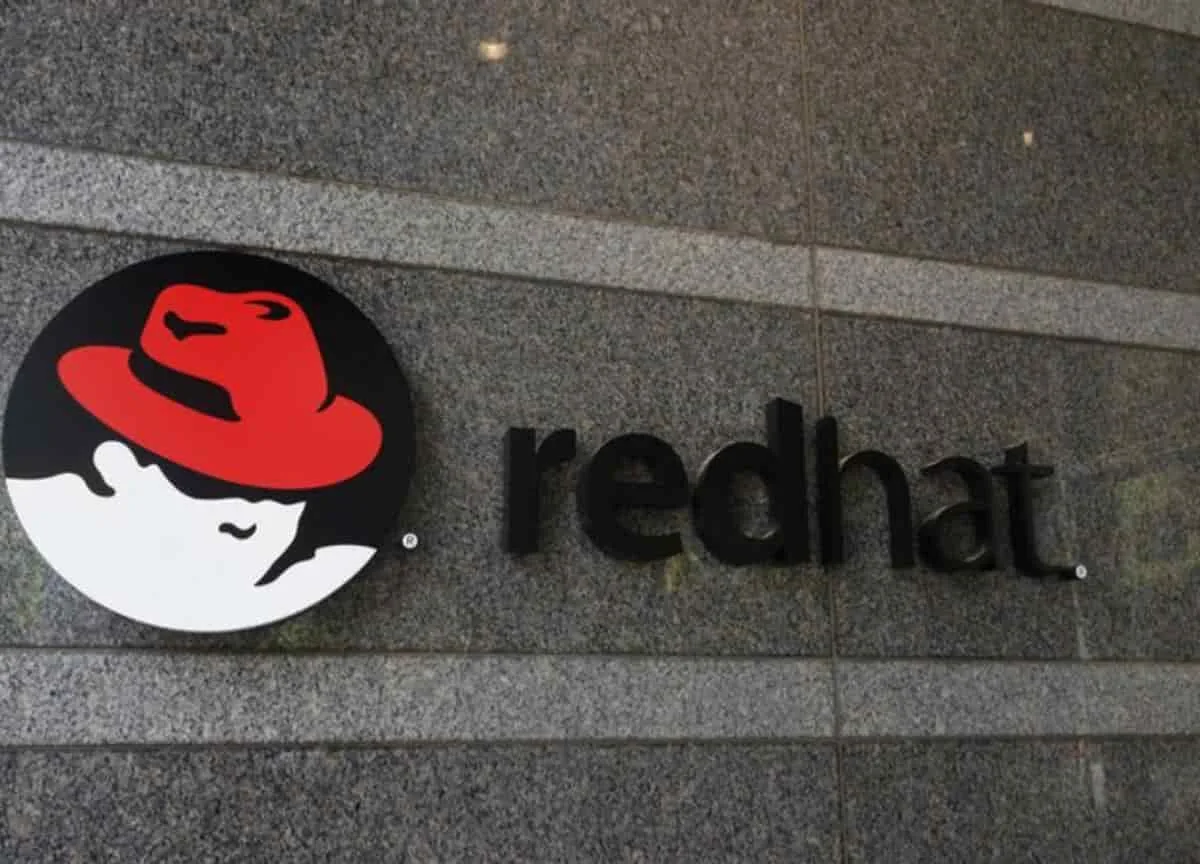Red Hat Enterprise Linux (RHEL) 9 was originally released in May 2022, and the new 9.1 version, now generally available, will bring customers a variety of enhancements and capabilities including SQL enhancements, Red Hat Smart Management with Red Hat Satellite, Red Hat Insights and Workstations.
Red Hat, has released Red Hat Enterprise Linux 9.1, the latest version of the world’s leading enterprise Linux platform.
The recently announced Red Hat Enterprise Linux 8.7 was released alongside these minor versions, which add and refine functionality for a wide range of enterprise IT applications, from helping to streamline complicated infrastructure environments to ensuring containerized applications are more secure.
According to Red Hat, its RHEL 9.1 release continues to provide a cost-effective foundation for contemporary applications and environments, as Kubernetes-based application backbones have become the dominant cloud strategy.
The pre-configured operating system images in RHEL 9.1 keep security at the forefront, ensuring that IT teams can use image builder blueprint files to deliver operating system images that meet their organisation-specific system security needs.
From installation, these images can be configured with OpenSCAP security profiles to meet IT security and compliance requirements.
Red Hat’s new offering provides enhanced multi-level security support for agencies or other sensitive operations, allowing classification needs to be better documented and controlled, as well as providing administrators with confidence that operating systems are booting with validated and unchanged components.
Red Hat has added malware detection to RHEL systems to look for known vulnerabilities or malicious code. In addition, it incorporates Sigstore technology to help users sign and verify code signatures using local keys.
According to Forrester Research’s Predictions 2023: Cloud Computing, “Forty percent of firms will take a cloud-native-first strategy” while further stating that “Rather than plow resources into VMs, organizations will accelerate investment in Kubernetes as a distributed compute backbone for current applications.
Gunnar Hellekson, vice president and general manager, Red Hat Enterprise Linux, says as enterprise IT expands to encompass traditional hardware, multiple public cloud environments and edge devices, complexity grows in parallel.
“Red Hat Enterprise Linux (RHEL) provides the foundation for hybrid cloud computing at the scale of global business, pairing reliability and stability with features to drive innovation and flexibility.” said Hellekson.
Hybrid Cloud Strategies
Running workloads wherever and however needed, as business needs change, is a requirement of hybrid cloud strategies.
With versions 9.1 and 8.7 of Red Hat Enterprise Linux, it’s easier to manage innovation at hybrid cloud scale, as the software provides flexibility across workloads and footprints.
Features include.
- Updated Red Hat Enterprise Linux system roles to make it easier to automate and standardize manual tasks for Red Hat Enterprise Linux deployments across the hybrid cloud. New enhancements include automation support via Ansible and Redfish to better manage underlying hardware as well as multiple quality of life tweaks across nearly all other roles.
- PHP 8.1 (available in Red Hat Enterprise Linux 9.1), a significant update of the PHP language, as a certified, validated and supported Application Stream. This enables enterprise developers to deliver critical applications with the latest tools without risking platform stability.
Red Hat Enterprise Linux continues to provide access to Red Hat Insights, a predictive analytics service based on Red Hat’s extensive domain knowledge in enterprise Linux.
New Insights features on Red Hat Enterprise Linux 9.1 and 8.7 are available, including proactive edge computing device recommendations, auto-registration for public cloud instances and enhanced subscription tracking,
Red Hat Insights for RHEL
Red Hat Insights and its comprehensive domain expertise help simplify RHEL operations by assessing IT environments and identifying and prioritizing operational and software security risks through predictive analytics.
Existing RHEL subscribers can download RHEL 9.1 via the Red Hat customer portal.







